Laurent Perbos
Beyond the lines

Laurent Perbos is an artist whose practice encompasses various mediums such as painting, photography, installation, and even performance, but sculpture remains his preferred terrain. Laurent Perbos was born in 1971 in Bordeaux, in the south of France. Today, he lives and works in Marseille and Paris.
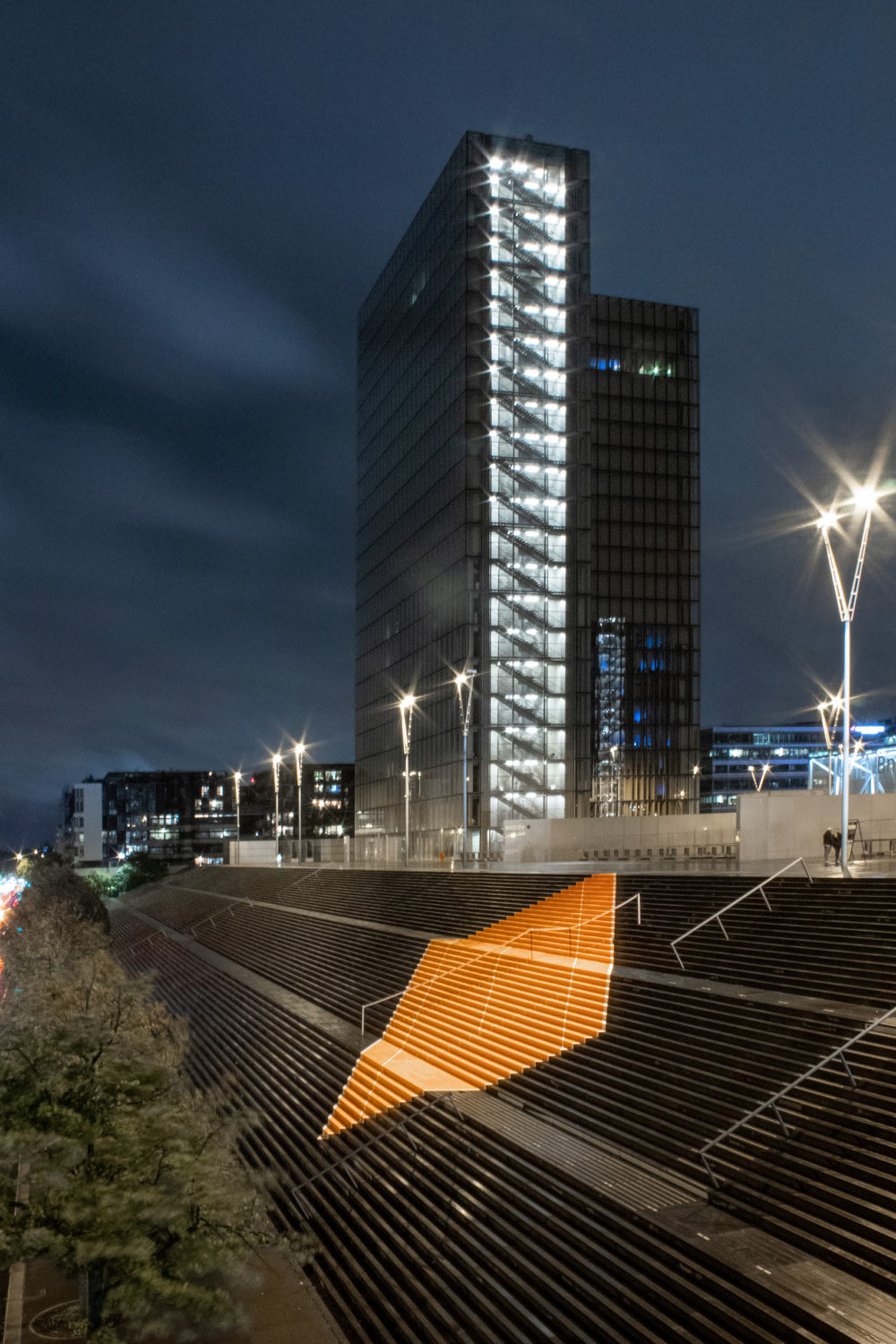
Courts: Who or what are your inspirations?
Laurent Perbos: Inventorying the forms of relations between the two poles, the work and the viewer, seems essential to me. My artistic practice is based on popular references, which tends to share a certain complicity between the work and the public, by relying on the idea of a collective sensitivity and by considering “art as a state of encounter”.
In general, my artistic research mainly involves mass activities and entertainment derived from popular cultures (such as games, sports, DIY, etc.), all within a logic of diversion and the pursuit of a unique yet somewhat trivial distinction.
C: When did the idea of interactive installations come to you?
L.P: It seems essential to me to classify the different forms of relationships between the artistic work and the spectator. Practising the art of deception and simulacrum, I embrace aesthetics of failure or idiocy, and explore the interrelational and playful possibilities of art.
Specifically, in a series of works related to sports, I engage in the appropriation of already existing game accessories, such as ping-pong tables or soccer balls, and subvert their established rules. The spectator is then offered games, initially well-defined, that stray from their intended purposes, transgress their rules and provoke alternative reflections on the notions of failure and success, competitiveness and competition, entertainment or work. My intention is to create a space for play, an artwork that serves as a field for both physical and intellectual exchange.
I belong to a generation of artists who emerged in the 1990s and no longer believe in the artistic radicalism of the 1960s, nor do we think that art alone can bring about significant social changes. With a certain irony and perhaps a seeming lack of ideologies, I reveal a clear interest in social interactions in almost all of my works. Some of them can even be interpreted as political. Naturally, the objects I chose to manipulate in my early sculptures were sports articles, well-known to everyone and offering an undeniable complicity with the audience.
What better starting point is there to create new situations of exchange with the spectator than sports? These moments of distraction and play introduce, within the walls of the white cube, rules that, although known to all, remain so different from the modalities of the exhibition.
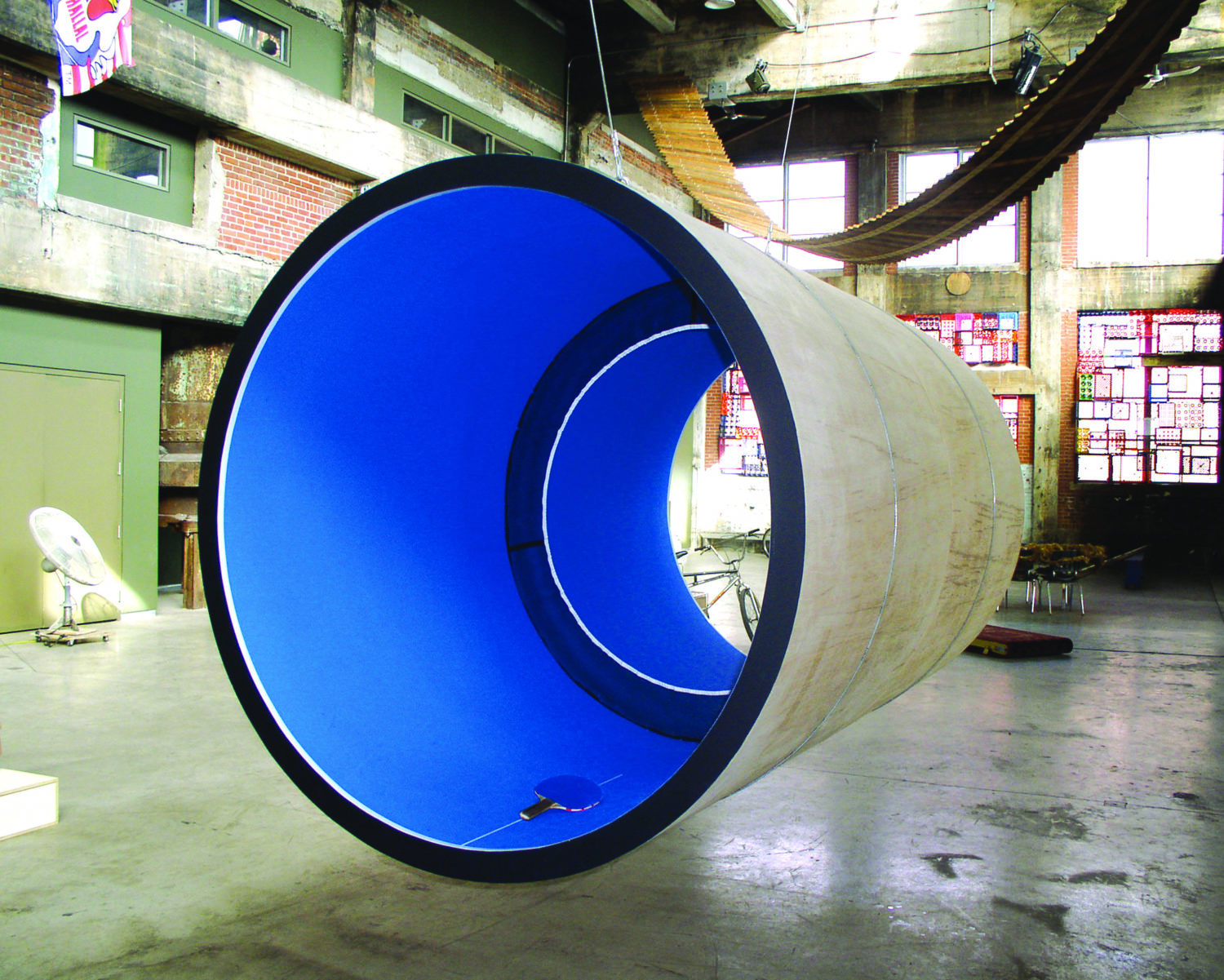
C: What is most important to you as an artist?
L.P: The most important aspect for me is to provide the viewer with a certain aesthetic pleasure. Conscious of the limits of appropriation, I strive to reveal the artistic properties and components of familiar objects, their poetic resonance, and their potential for representation. I constantly attempt to make the object’s characteristics disappear in order to perceive it as raw material for genuine sculptural work, and subsequently to bring it into the realm of abstraction and evocation.
While the titles of the works are open to interpretations, they nevertheless remain undetermined, and open to a game of associations, some more accurate than others. My works question how ordinary things, once revisited through artistic gestures and reintroduced into their designated spaces, can present themselves in ways that go beyond mere images.
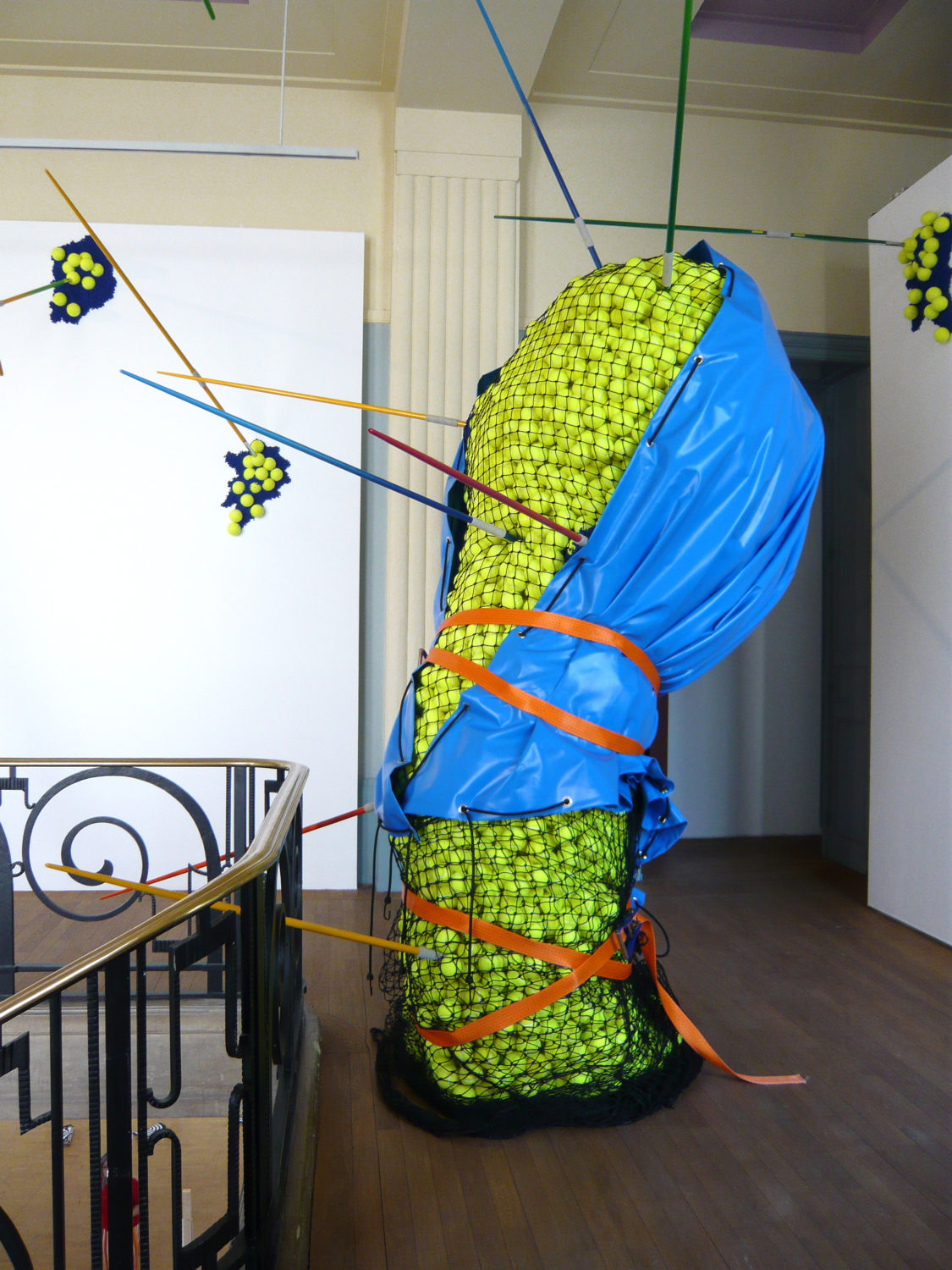
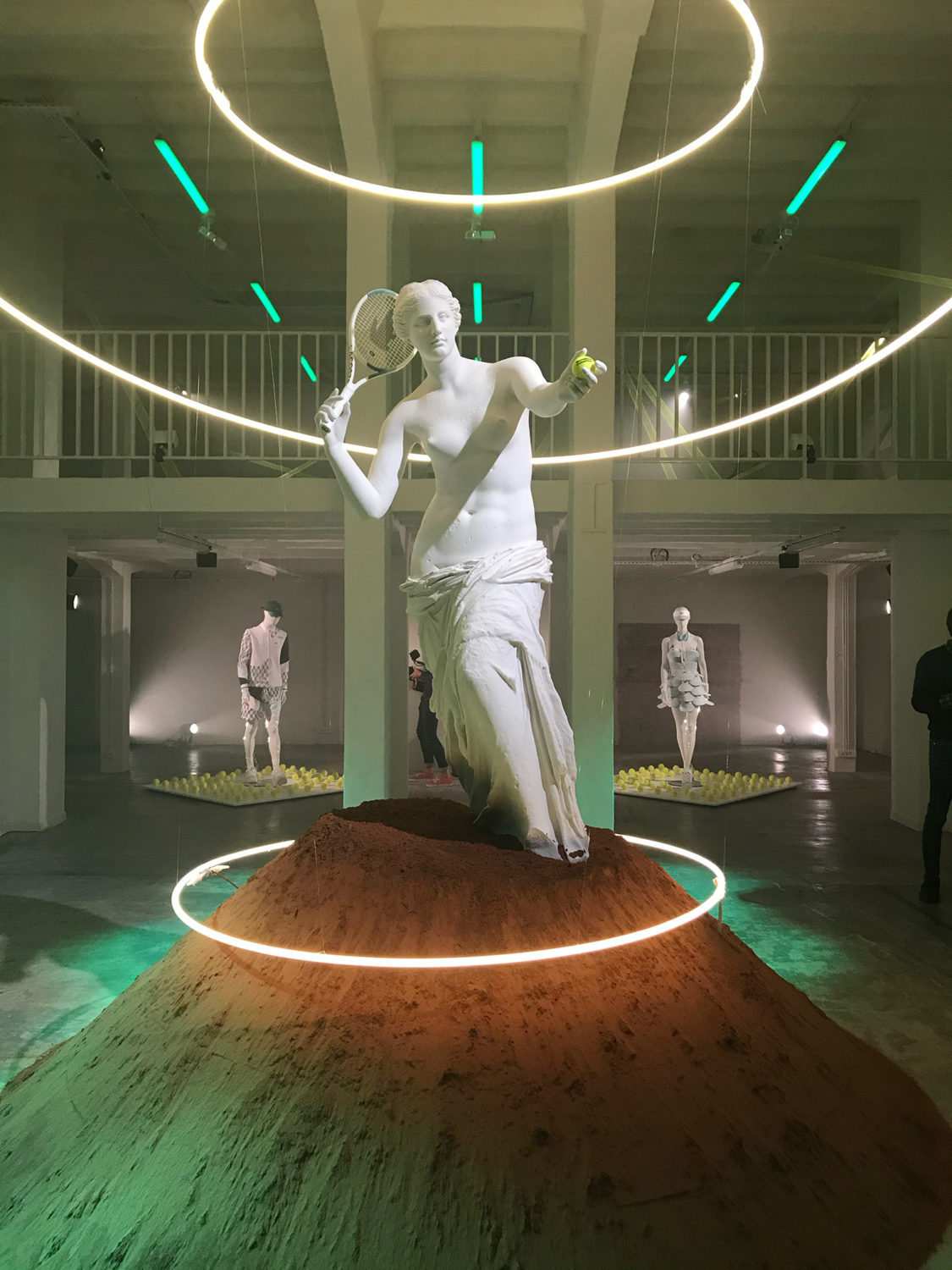
C: Which of your creations makes you proud the most?
L.P: In recent years, a new poetic inspiration has fueled my work. The installation “Oxymore” is a prime example as it represents a significant step in the process of bridging the gap between artwork and language.
After making trees, birds and antique statues cry, I have transformed into an alchemist, altering the substance and value of a collection of objects gathered like treasures. Casts of ancient statues, glistening golden breeze blocks, and oversized crystal blocks—these elements play with their form, symbolism, and material to simultaneously express and contradict a state.
Through this installation, my intention is to materialise poetic evocations through the accumulation of multiple sculptures. I employ symbolic or allegorical images such as ivory, gold, or ancient statuary and invent a narrative for them. I manipulate ideas and representations, appropriating literary techniques like oxymoron, ellipsis, and metaphor to create ambivalent mental and visual images. In this way, the narrative imposes itself upon the image, leaving it to the spectators to complete or create alternative storylines.

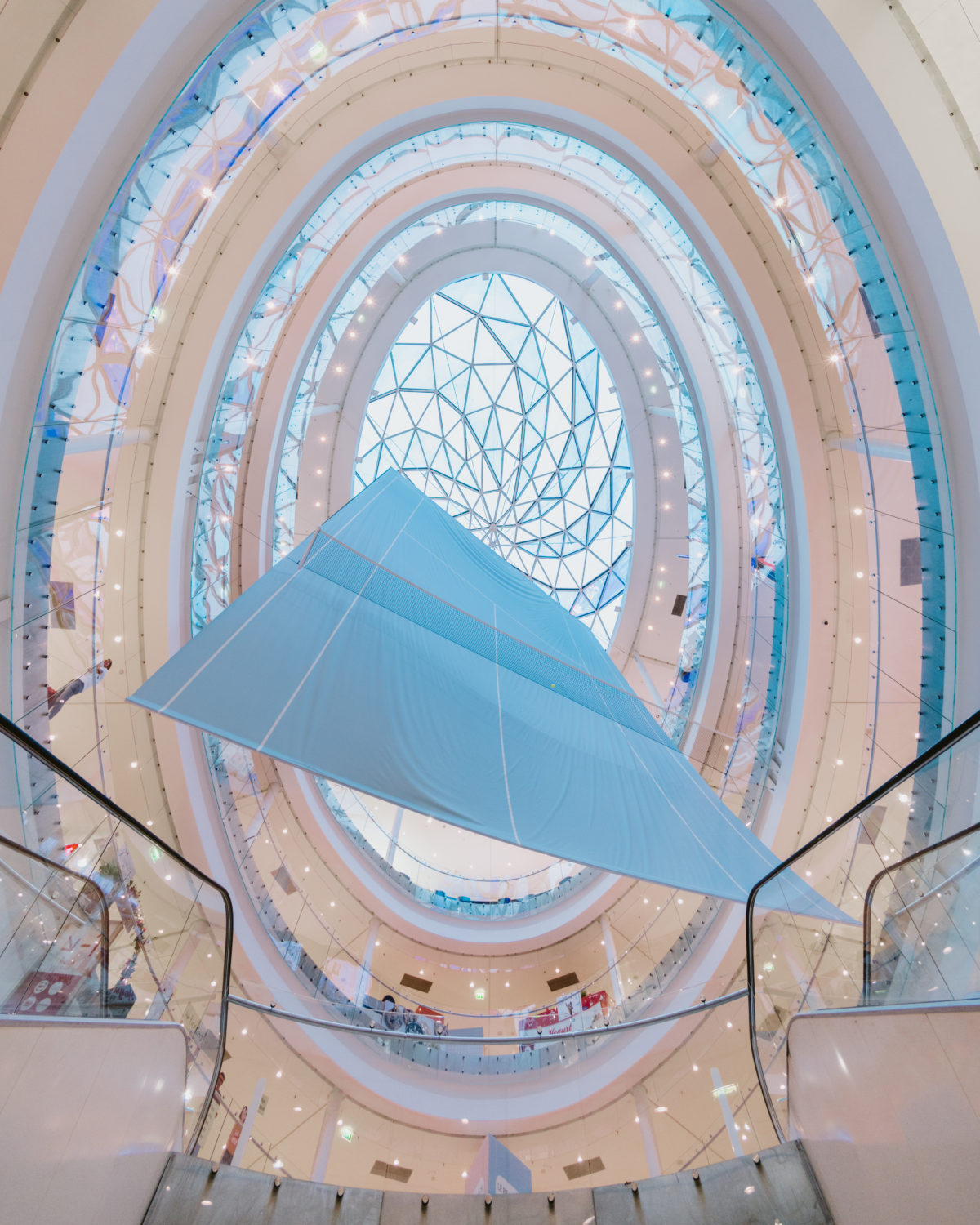
C: How do people react to your art?
L.P: I often construct my exhibitions as initiatory tales. The spectator then moves through an imaginary world in which objects come to life through the unconventional roles I assign to them.
It is a world in which things have undergone both formal and philosophical metamorphosis. I use symbolic or allegorical images such as rainbows, trees, or mythological figures and invent stories for them. It is through these stories that a sense of empathy is evoked in the spectator, leading to a personification of the subject matter.
Story published in Courts no. 4, Summer 2023.